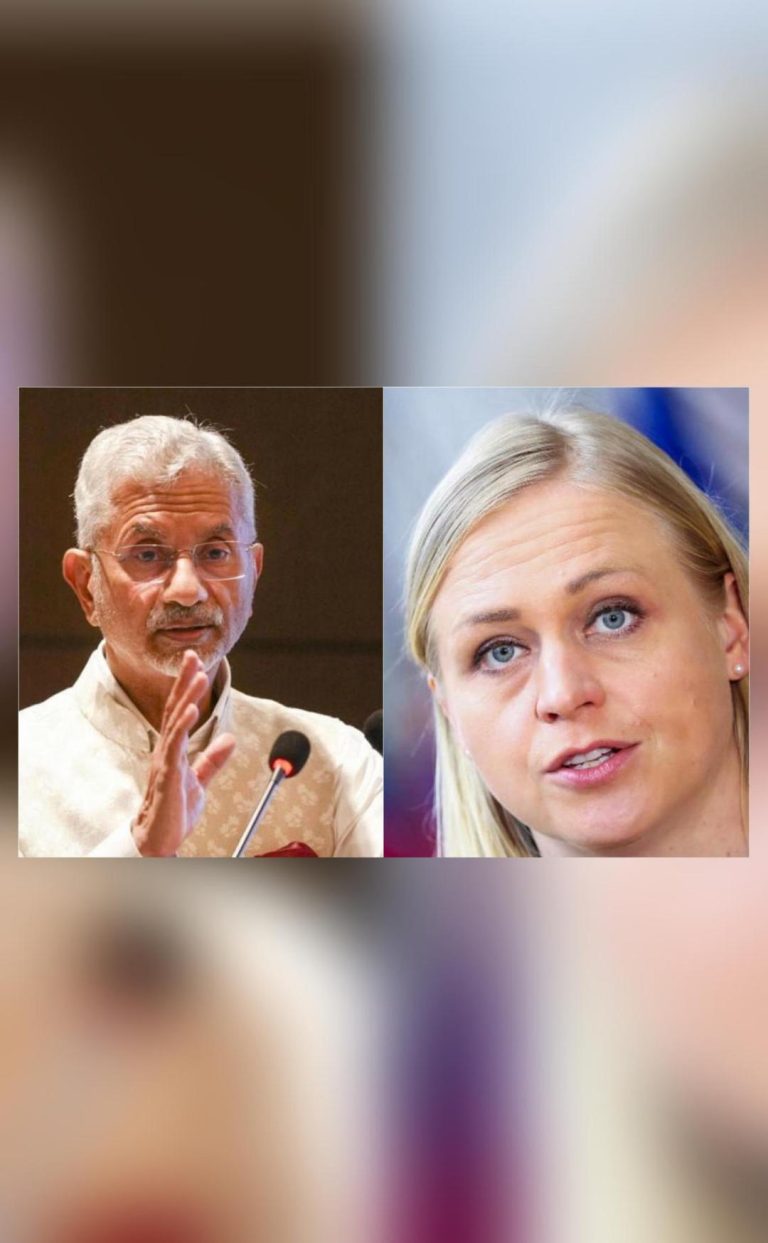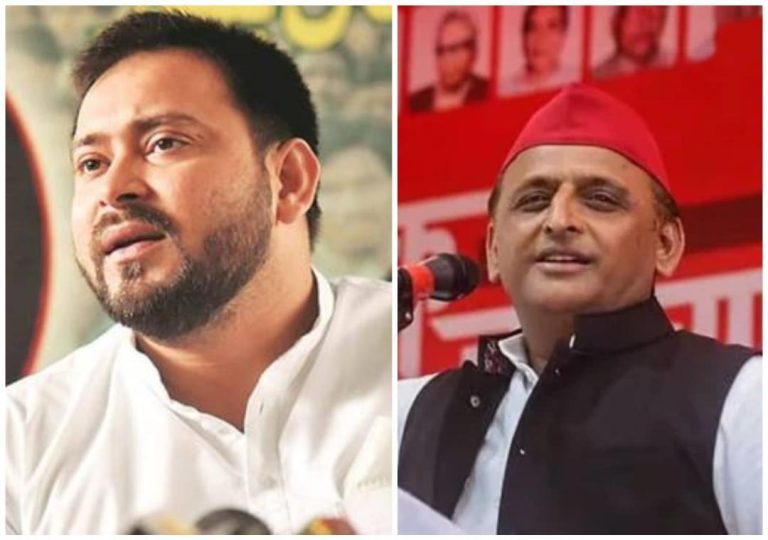
India Could’ve Hit Anywhere in Pak, But Hit Where it Really Hurts: Analyst
In recent times, the world has witnessed a surge in military tensions between India and Pakistan. The situation has been escalating steadily, with both countries exchanging blows in the form of aerial dogfights, artillery duels, and even ground skirmishes. Amidst this backdrop of heightened tensions, an Austrian military aviation analyst has shed light on the strategic thinking behind India’s military actions.
Tom Cooper, a renowned analyst, has stated that India could have easily targeted any location in Pakistan, but instead, it chose to strike where it would inflict the most damage. In an interview, Cooper remarked, “They (India) could have hit anywhere in Pakistan, but the point was to hit where it really hurts.” This statement has sparked intense debate and scrutiny, with many experts and analysts attempting to decipher India’s military strategy.
Cooper’s assertion is based on his in-depth analysis of the Indian military’s actions during the recent skirmishes. He has observed that the Indian Air Force (IAF) has been targeting specific points in Pakistan, often with great precision. According to Cooper, the IAF has been systematically targeting key command centers, airbases, and other strategic locations.
One such location is the Nur Khan Air Base, which has been the subject of intense Indian military action. Cooper has pointed out that the trailer-mounted command site at the airbase has been completely destroyed. This, he believes, is a significant blow to Pakistan’s military capabilities, as it will take time for the country to recover from the loss of such a critical command center.
Cooper’s analysis has been corroborated by other military experts, who have also observed the IAF’s precision targeting. Many have noted that India’s military actions have been designed to inflict maximum damage on Pakistan’s military infrastructure, rather than simply striking at random targets.
So, what is driving India’s military strategy? According to Cooper, the Indian military is attempting to achieve a specific goal: to gain a decisive advantage over Pakistan. By targeting key command centers and airbases, India is attempting to disrupt Pakistan’s ability to respond effectively to Indian military actions.
Cooper has also pointed out that India is trying to create a sense of uncertainty and unpredictability within Pakistan’s military ranks. By striking at specific points, India is attempting to create a sense of vulnerability and fear within Pakistan’s military, which will make it more difficult for the country to respond effectively to future attacks.
It is clear that the situation between India and Pakistan is complex and volatile. However, Cooper’s analysis provides valuable insights into the strategic thinking behind India’s military actions. It is clear that India is attempting to gain a decisive advantage over Pakistan, and that its military actions are designed to inflict maximum damage on Pakistan’s military infrastructure.
As the situation continues to escalate, it is crucial that both countries engage in diplomatic efforts to reduce tensions and prevent further conflict. However, in the meantime, Cooper’s analysis provides a valuable reminder of the importance of strategic thinking in military conflicts.






